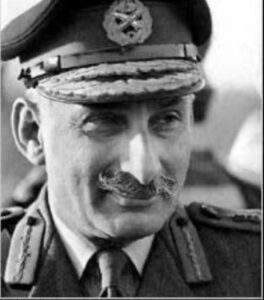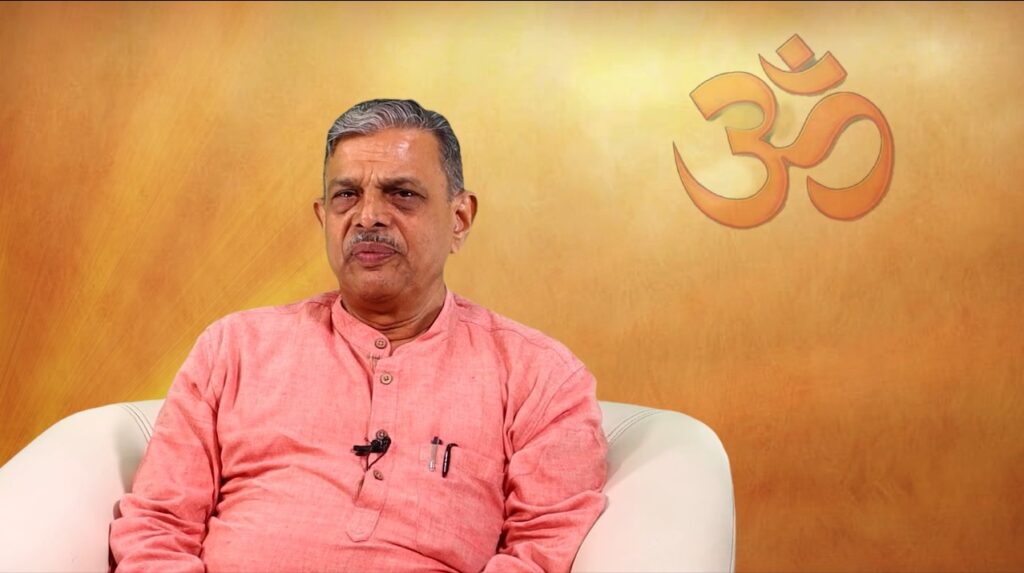
Sam Manekshaw was arguably the greatest soldier the Indian Army has ever produced. As the Chief of the Army Staff, Sam’s service to the nation is immense as he united the army, navy and air force into a team, helping India win against Pakistan in 1965 and even more significantly the 1971 Indo-Pakistan war that led to the liberation of Bangladesh.
Born to Parsi parents, Hormusji Manekshaw and Heerabai, on 3 April 1914 in Amritsar, India’s First Field Marshall, Sam Hormusji Framji Jamshedji Manekshaw, also fondly known as Sam Bahadur was initially given the name Cyrus.
But one of his aunts changed it to Sam because she had heard that a Parsi called Cyrus had been sent to jail, and she considered the name would prove unlucky for her nephew.
Sam, who completed his education from Punjab and Sherwood College in Nainital, with distinction in the School Certificate examination of the Cambridge Board, had requested his father to send him to London so that he could study medicine.
However, his father didn’t grant his wish saying that he was too young to stay abroad on his own.
In an act of rebellion, Manekshaw sat for the Indian Military Academy (IMA) entrance examination and as a result, became part of the first intake of 40 cadets on 1 October 1932 in Dehradun.
Sam Manekshaw was an Indian military leader who was the first Indian Army officer to be promoted to the rank of Field Marshal. His distinguished military career spanned four decades and five wars, beginning with the British Indian Army during World War II.
Manekshaw rose to be the 8th Chief of Staff of the Indian Army in 1969 and under his leadership, Indian forces liberated Bangladesh in December 1971 in just 13 days.
Manekshaw’s first major military campaign was in World War II when he served as a captain with the 4/12 Frontier Force Regiment in Burma in 1942. In the battle for the Sittang bridge,
Sam Bahadur inspired his troops to victory against the Japanese.
During the offensive, in which he led from the front, Sam fell to the ground after being shot at nine times, but he kept on encouraging his soldiers to fight, ultimately clinching the crucial Sittang bridge.
When the Divisional Commander, Sir Cowans, heard of Sam’s bravery, the General rushed to the battle site, took off his own Military Cross and pinned it on Sam’s chest anointing him with the gallantry medal, which is awarded to the living.
Sam’s outspoken behaviour and his tiffs with the bureaucracy meant that India’s greatest general never received the respect he truly deserved. For much of his life, he was not accorded the benefits and status due to a Field Marshal.
Sadly, Sam Manekshaw was not accorded respect in death too. When Field Marshal Sam Manekshaw died, none of the three Service Chiefs attended the funeral to pay their last respects.
The then Defence Minister AK Antony was also absent.

